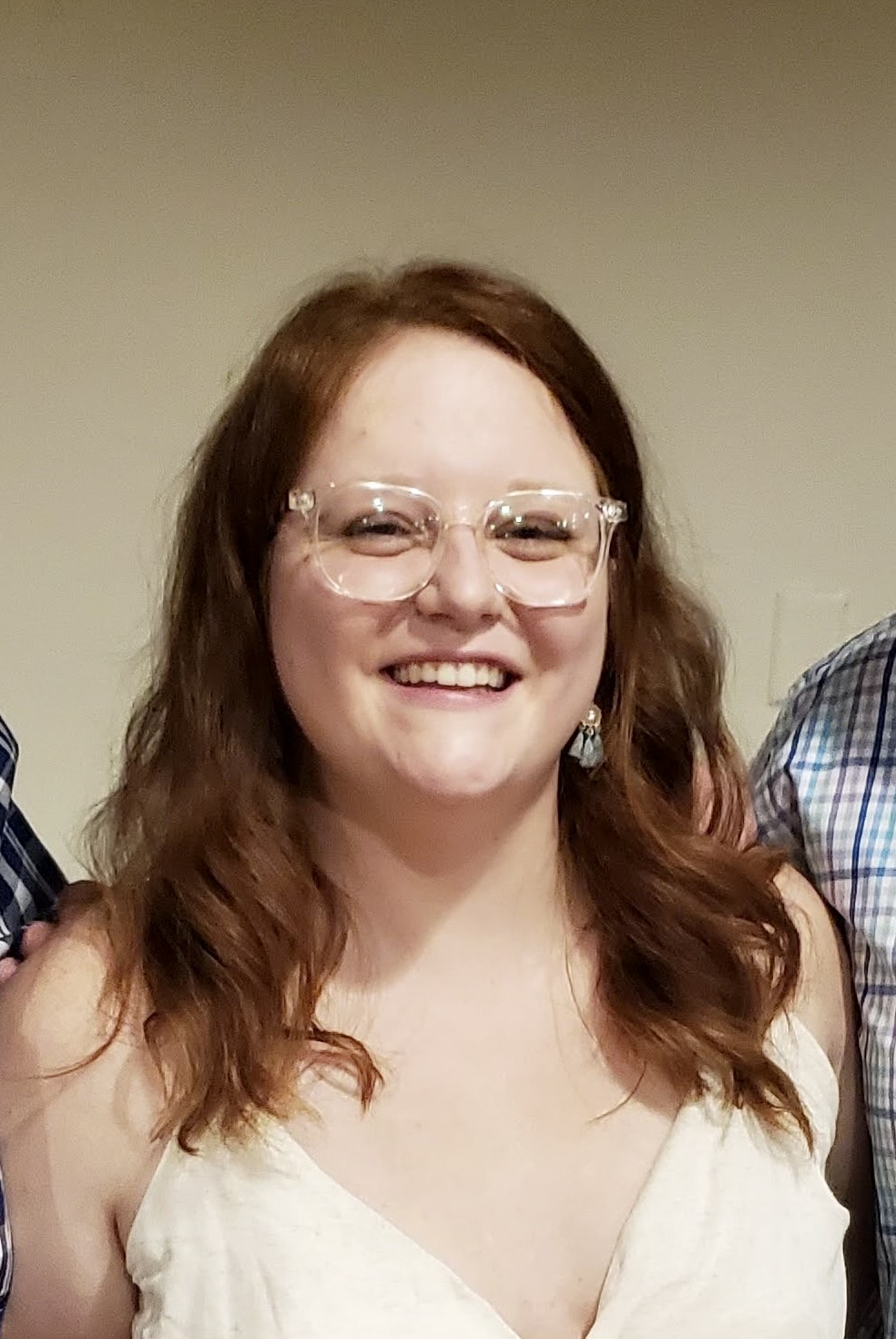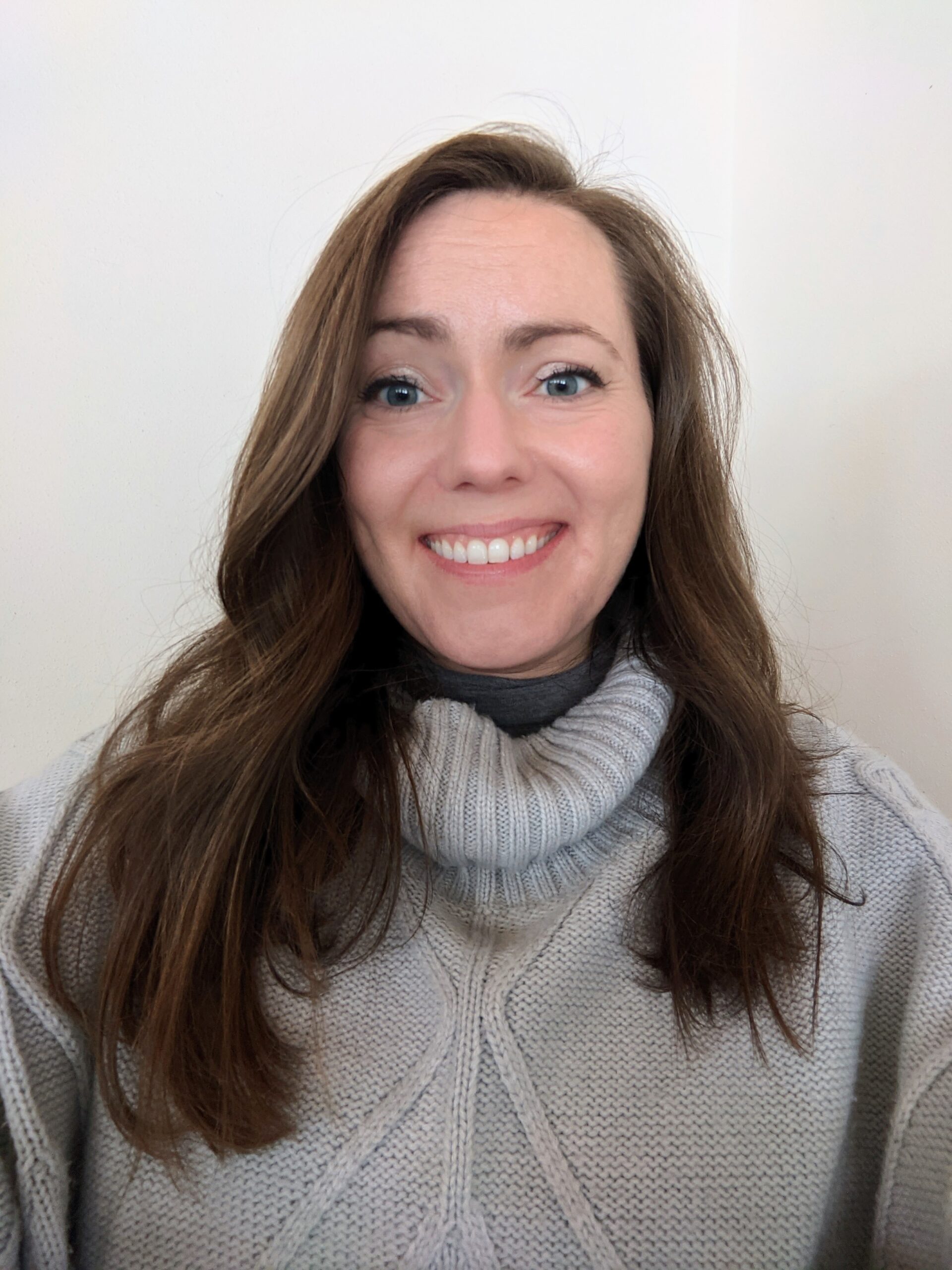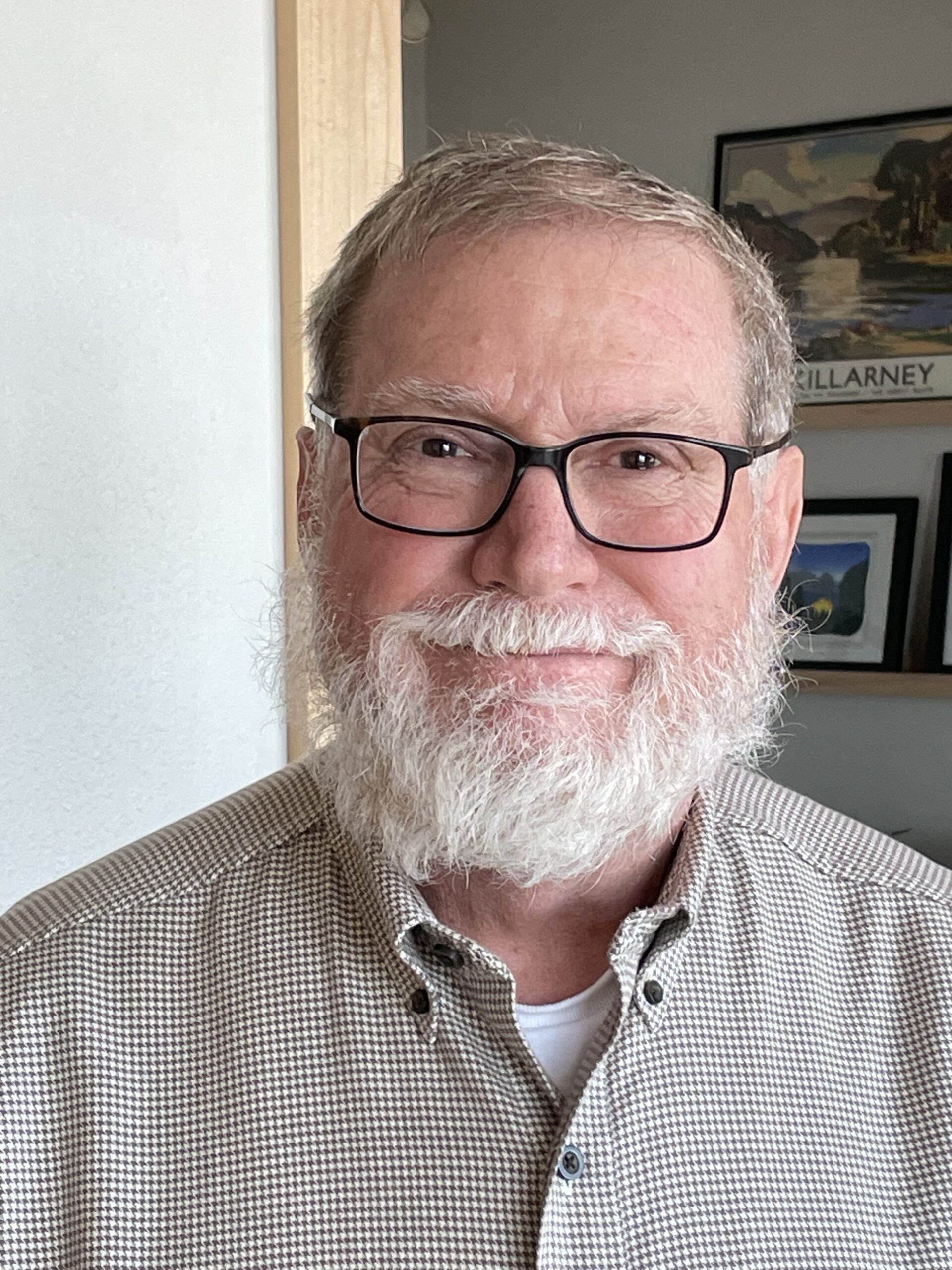Solicita ahora para formar parte de nuestra próxima grupo de Becados en Ciencia científicos comunitarios y líderes comunitarios.

Aerial image of a portion of the Town of Peshtigo. Photo Courtesy of Cindy Boyle.
This project coordinated the collection and testing of 2 water samples from Town of Peshtigo residents for PFAS. PFAS is a widespread chemical compound that is known to have harmful effects to humans, animals, and the environment (https://www.epa.gov/pfas/pfas-explained). Samples were analyzed at the Wisconsin State Laboratory of Hygiene using EPA standard methods. The data collected was shared with WIDNR partners to be used for groundwater modeling and future decision making.
The selected sites for this project lie just outside (1mi) of the study area delineated by the WIDNR, so these residents have previously not been afforded the option for free testing. The cost of each test is $635 and can be burdensome for residents. Providing the testing through this project has given 2 Town of Peshtigo households the opportunity to have their private water supply tested for PFAS. In addition to collecting new data, these datasets can serve as points of reference should the WIDNR find reason to expand their study area.
The Town of Peshtigo is a rural town in northeastern Wisconsin, bordered on the east by the bay of Green Bay and multiple municipalities to the west. There are approximately 4,000 residents in the Town of Peshtigo representing multiple generations of families. The Community Lead for this project is the Town Chairperson, Jennifer Friday. Working with the program, the Community hopes to gather additional data on water supply in an area adjacent to an active PFAS plume. The PFAS plume near the Town of Peshtigo is the largest and most complex environmental catastrophe in Wisconsin’s history. By collecting additional data from wells near the affected area, the Community hopes the data can be used in future models and decision making.
Approximately 35% of private wells in the Town of Peshtigo are located within an active PFAS plume; PFAS (a known carcinogen) is known to cause harmful effects to both humans and the environment (https://www.epa.gov/pfas/pfas-explained). Some areas within the site investigation area delineated by the WIDNR lack data. We intend to find a scientist to guide the project in selecting areas where additional data is needed and working with homeowners to obtain testing on private water wells. When completed, the data generated from this project will be incorporated into future groundwater models and may aid in decision making processes. Additionally, this data will be shared with the WIDNR and incorporated into their dataset (Table 1) and map of private drinking water well sampling results (https://dnr.wisconsin.gov/sites/default/files/topic/PFAS/jci/PWSPL_20220308.pdf).

Results from the WIDNR’s efforts to track concentrations of PFAS in private drinking water wells through 2021. (https://dnr.wisconsin.gov/topic/PFAS/Marinette.html)

Carsyn Ames- AGU Thriving Earth Exchange Fellow, Samples Coordinator at the Wisconsin Geological and Natural History Survey (WGNHS)
Carsyn Ames (she/her) is the curator for the Wisconsin Geological and Natural History Survey’s (WGNHS) geological collections. She got her start in Geology by earning a B.S. at the University of South Carolina before moving on to the University of Iowa where she earned a M.S. Throughout her academic career, Carsyn has studied and dated detrital minerals to answer questions about the geologic past they record. Carsyn is excited to directly help a community in her home state through TEX. In her free time, she enjoys hiking and camping around Wisconsin with her partner and dog, as well as bowling and reading.

Cindy Boyle- Former Town of Peshtigo Chairperson
Cindy Boyle is the 29-year owner of Boyle Design Group, a marketing/sign business. Married for 27 years, Cindy and he husband own multiple small businesses and rental properties, have three sons and two grandchildren. For more than 4 years, Cindy has been organizing, educating and advocating for State and Federal standards for PFAS groundwater and surface water. She is a founding member of SOH2O, a PFAS awareness advocacy group, and has served as the Town of Peshtigo Chairperson for the past year.

Kayla Furton –Town of Peshtigo Supervisor
Kayla Furton es educadora por formación y profesión, defensora del medio ambiente por interés y prioridad, defensora de los PFAS en el agua limpia con un grupo de defensa local por necesidad, y supervisora de la Junta Municipal por su compromiso de trabajar por el cambio a todos los niveles.

Jeffery Lamont- Founding member of SOH2O
Jeffery Lamont trabajó para CH2M HILL como director de proyectos e hidrogeólogo durante 28 años, en los que participó en la investigación, el diseño y la aplicación de una amplia gama de medidas correctoras para emplazamientos contaminados en toda Norteamérica. Además, ha dirigido las prácticas de remediación de sedimentos y demolición durante más de 15 años y ha defendido durante los últimos 5 años las normas numéricas estatales y federales para los compuestos PFAS.
Town of Peshtigo

(c) 2024 Thriving Earth Exchange